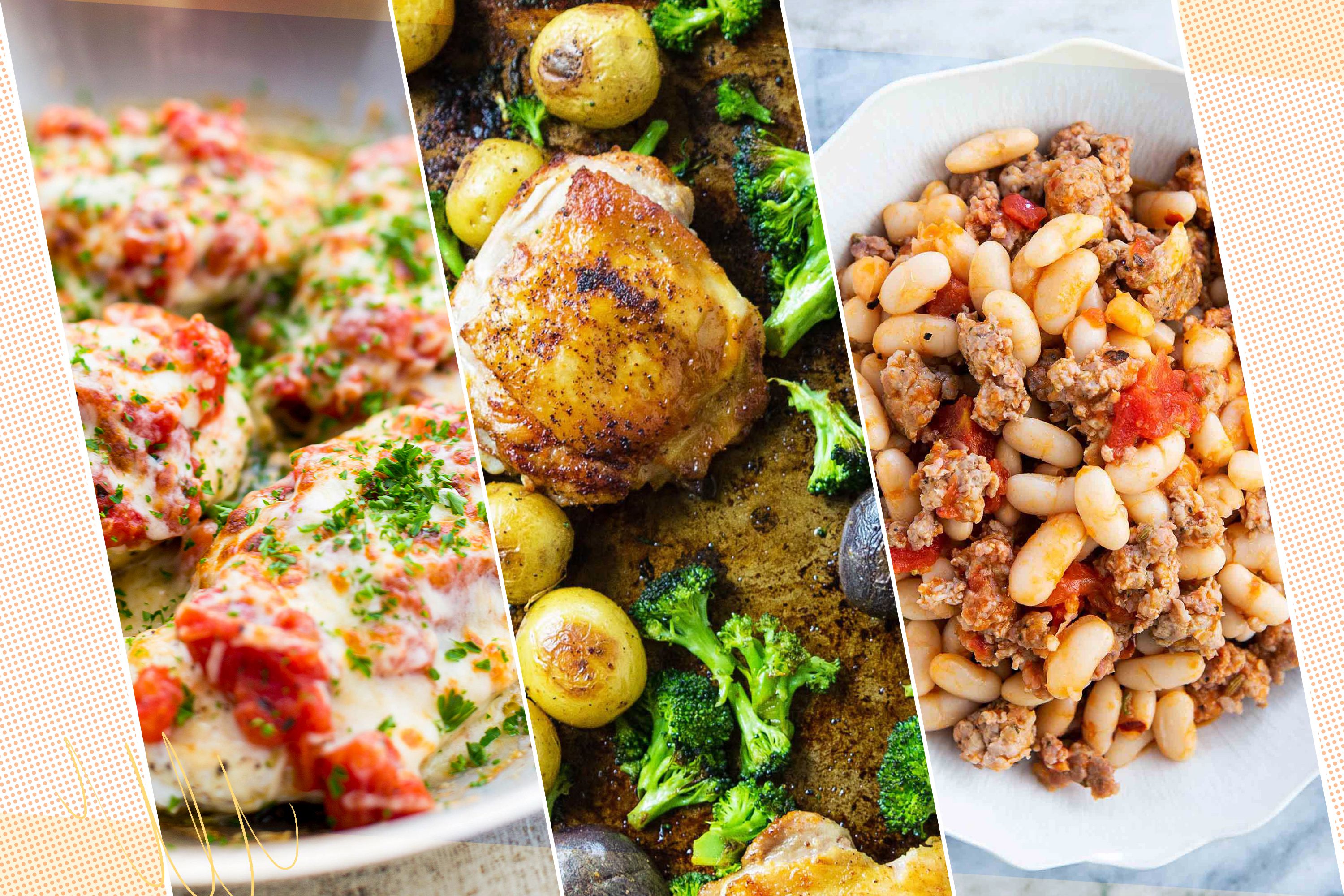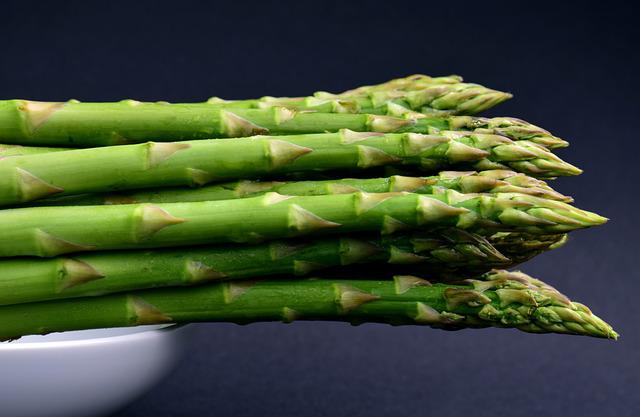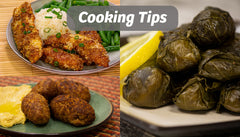
You can now coat nonstick pans with many different materials. Each has its pros and cons. Teflon is a popular material because of its high resistance to heat and durability. Teflon may be dangerous to food if heated at too high temperatures. This article will cover Teflon and its alternatives. The best non-stick pans typically don't have this type of coating.
PFOA
High temperatures are not recommended for nonstick cookware that has been coated with PTFE or PFOA. These coatings can quickly degrade and become toxic when heated. Use of metal utensils to scratch a nonstick coating can also cause it to degrade and release chemicals. This article will discuss the potential health risks and possible health consequences of using PFOA-coated pans. For a more holistic view of nonstick pans, consider the following tips.
PFOA and other PFAS chemicals like PTFE are persistent in the atmosphere. That means that if you use non-stick pans ten years ago, the chemicals are still in the air, groundwater, and even in our drinking water. These risks have prompted the Environmental Protection Agency and the World Health Organization to issue a health advisory. These chemicals have been classified as "possibly carcinogenic to humans."
PTFE
The most widely used nonstick pan coatings for cooking are PTFE. They protect food from sticking to the bottom of the pans without the use of oil or nonstick sprays. You should also note that PTFE nonstick pans are often more expensive than nonstick pans with regular coating. These nonstick pans do require regular maintenance and care. FDA considers PTFE nonstick pan coatings safe, but they can be toxic. Ceramic cookware can be healthier. Cast iron is free from PTFE and is therefore safer.

PFAS has been in cookware for decades. Many of them have been dumped into waterways without regulation, and the Environmental Working Group says that 19 million Americans are at risk of being exposed to them. "Gen X," chemicals are the newest and most commonly used in non-stick pan coats. The safety of these coatings has been questioned due to the lack of testing. Greblon also makes a number of types of PTFE.
Teflon
Nonstick pans with Teflon nonstick coating have many drawbacks. These issues are most likely due to the PFOA, or polyfluoroalkyl substance (PFAS), that the coating contains. While these chemicals have been banned over the years, some cookware still uses it. Avoid Teflon pans and use nonstick cookware made from other materials to minimize these dangers.
Teflon nonstick pans may contain PFOA, which can cause harm to the environment. It has been linked to chronic kidney disease and cancer, as well as affecting the male reproductive system. The toxic fumes released by the pan when it is overheated should be avoided. Avoid heating empty Teflon pans in the oven, broiler or microwave to reduce your exposure to PFOA.
Nanoparticles
New nanoparticles for non stick pan coatings were developed. These are currently being tested for use in food contact applications. The release of nanoparticles from non stick coatings is not fully understood, but recent studies suggest that the particles may leach into food under high temperatures, repeated use and when the surface of the pan becomes damaged. This technology may prove useful for nonstick pans, although it is still in its infancy.

PTFE, a substance often found in nonstick pans, is causing concern. The chemical pyrolysis products of heated polytetrafluoroethylene can cause acute toxicosis in budgerigars. These products don't pose a risk to the health of humans if they are used in small amounts.
FAQ
Are you able to cook by yourself?
Yes, you can be a self-taught cook! Cooking is one of those things that everyone loves doing, whether they know how to do it or not. If you're interested in learning how cook at home, then start cooking. Start small, such as making pancakes for breakfast and spaghetti sauce at dinner. Try new recipes and be open to experimentation when learning how to cook. It's possible that you will make mistakes.
It takes anywhere from several hours to several weeks to learn how to cook, depending on your skill level. It's important to remember that cooking isn't just about following recipes. There are many ways to cook food. If you have an idea, follow it.
What equipment do I need to cook?
To learn to cook, you don’t need to have any special equipment. However, it can be easier to use the right tools. For example, you could use a knife instead of a fork to eat pasta or a whisk instead of a hand mixer to whip egg whites into stiff peaks. Having the right tools makes cooking less intimidating and allows you to start faster.
How Long Does it Take to Become a Chef? What is the average career path in this field?
Five years is required to become a professional chef. You will be able to learn basic cooking techniques as well as gain practical experience working in a kitchen. You can apply for line, sous or executive chef positions after you complete your training. The average annual salary for a professional chef is between $25,000 and $60,000
Where can you buy high quality kitchen equipment
You can order high-quality kitchen appliances online. All kitchen tools can be purchased online at a number of sites. However, it is important to check reviews and ratings before making any purchase of kitchen equipment. Ask other owners if they have any recommendations.
How long does it take for you to learn to cook? How long will it take me to learn how?
It all depends on what level of skill you have. Some people learn basic cooking techniques in just a few days. Others may take several months or longer to feel competent enough to teach themselves how they cook.
The person who is learning to cook can vary in the amount of time they need. For example, someone who has never cooked before would probably need more time than someone who cooks regularly. Different types of cooking require different amounts of experience. Baking, for example, requires more experience than frying.
If you want to learn how quickly you can cook, you should focus on learning a specific technique. Once you have perfected that technique, you can move on. You don't need to worry about how many days or weeks it took to learn how to cook. Just keep practicing and enjoy the process.
How can I learn to cook like the pros?
Cooking is a great way to improve your life. Cooking healthy meals for your family and friends is a great way of increasing self-confidence and learning new skills. Learn how to cook healthy food at home. Finding out your favorite recipes is the first step. You can then read books about other cuisines like Mexican, Chinese and Italian. Finally, try making different dishes until it becomes second nature.
What does a culinary program cost?
The costs of culinary school can vary depending on where and how long it takes. Average tuition costs between $10,000 and $30,000. Students graduate with approximately $20,000 of debt. There are some programs that offer grants and scholarships as well as work-study options.
Statistics
- You'll be amazed that over 90% of CIA students receive scholarships and grants to finish their culinary studies. (ischoolconnect.com)
- under 10 Kids have been taught that there is special food just for them, and Fiese says that 10 percent of kids will throw a tantrum if they don't get the food they want. (washingtonpost.com)
- According to the BLS, chefs earn $58,740 a year. (learnhowtobecome.org)
External Links
How To
How to Be a Chef
One of the most exciting careers is that of a chef. It is difficult to know what job you would like, as it requires a lot in the way of knowledge and skills. There are many opportunities to begin working right away if this is your goal. You can choose to work at restaurants or in catering companies. These tips will help you make a decision.
-
Learn how you can cook! Cooking is something that everyone should master at least once. Learn how to cook even if you don’t know much about cooking. You can find so many different recipes online and they are very easy to follow. When learning new things, the most important thing to remember is not to rush. Take your time, enjoy each step, and don't rush to learn new things.
-
Do you want to become an expert chef? You will develop your own taste and style while learning valuable knowledge. Culinary schools offer many courses, including baking, pastry, meat cutting, and more. They require students to take classes for several year before they graduate. It is important to consider your options before choosing a school to train as a chef.
-
Work in a restaurant
Working in a restaurant is probably the easiest way to enter the world of chefs. This is the best way to get practical experience before you decide to become a chef. Restaurants look for qualified staff who have previously worked in another field. Look for work in restaurants if your goal is to become a chef.